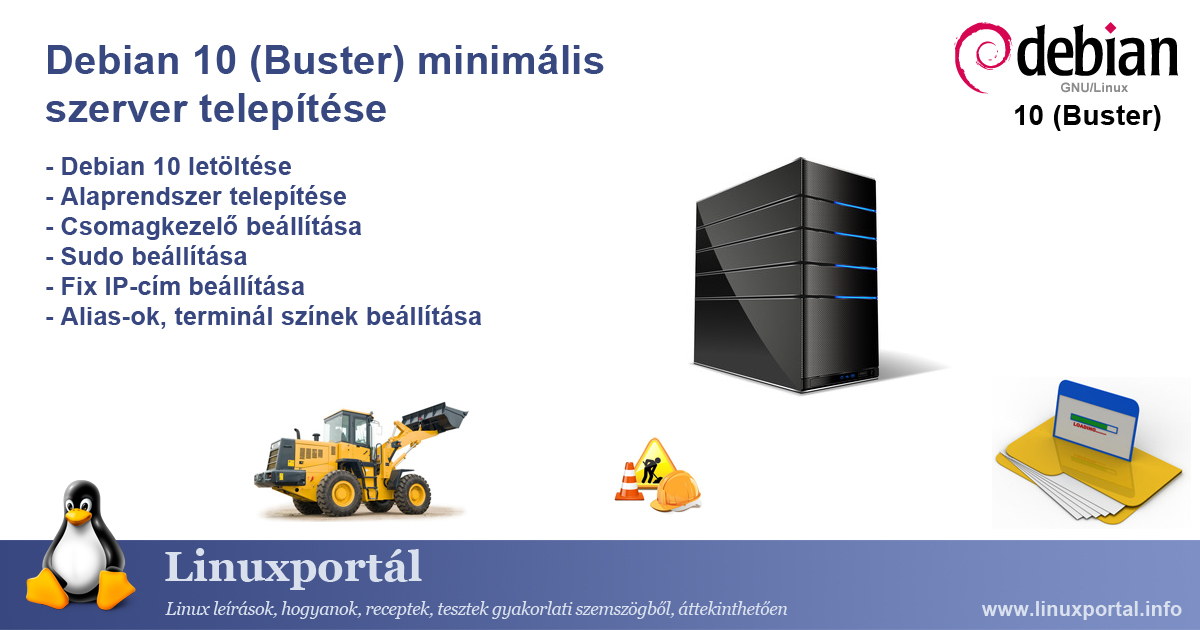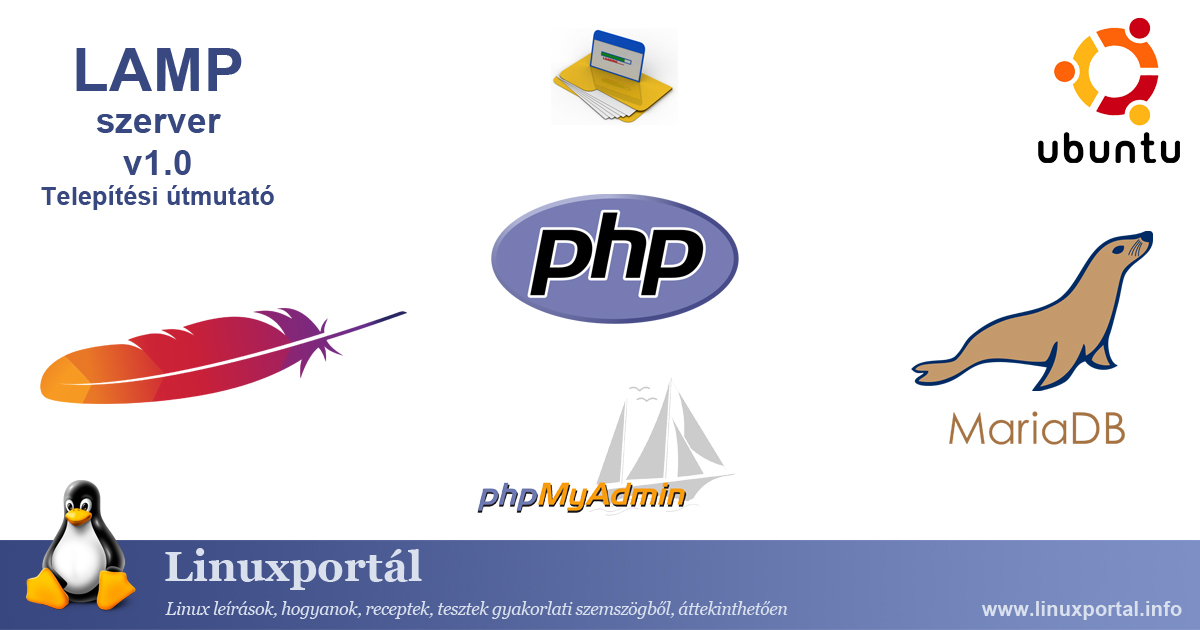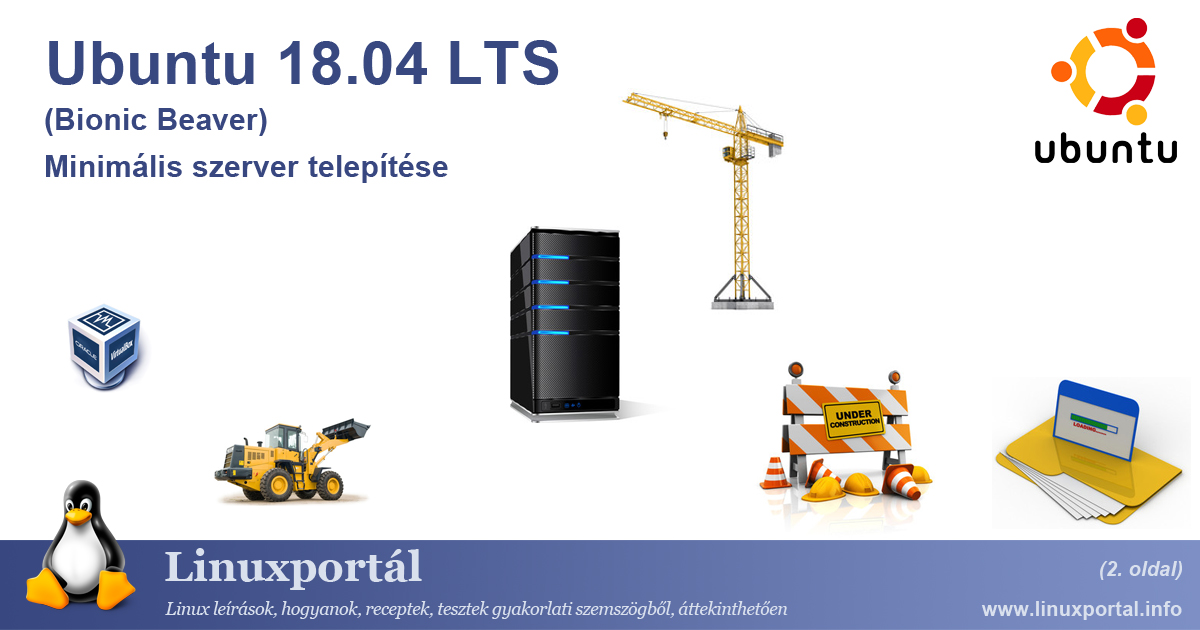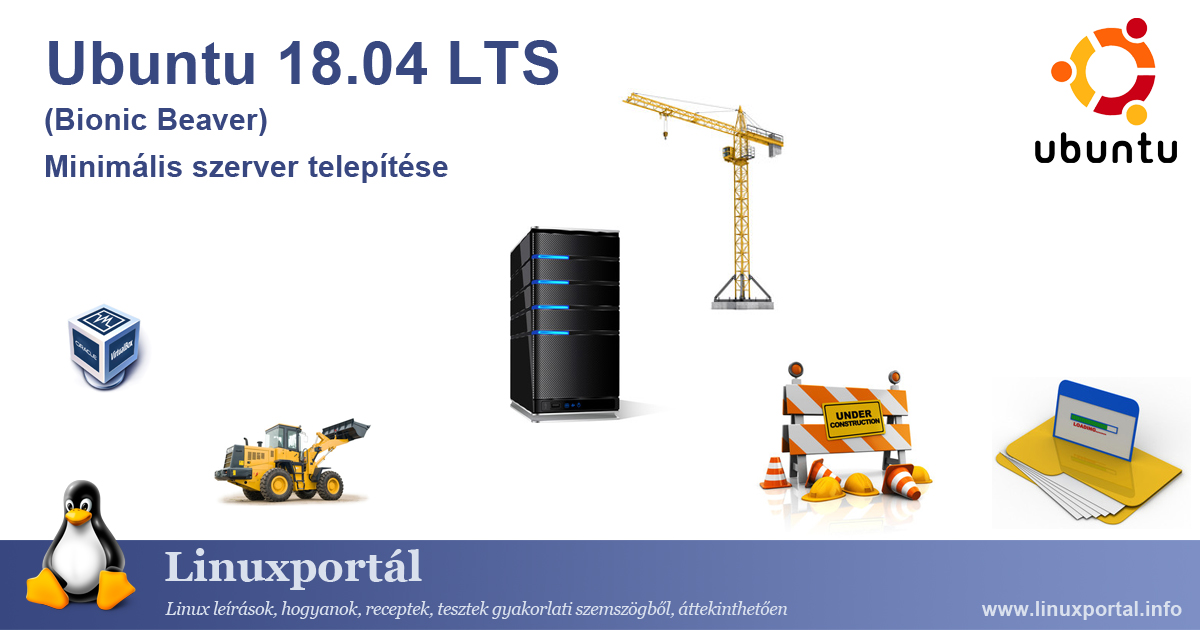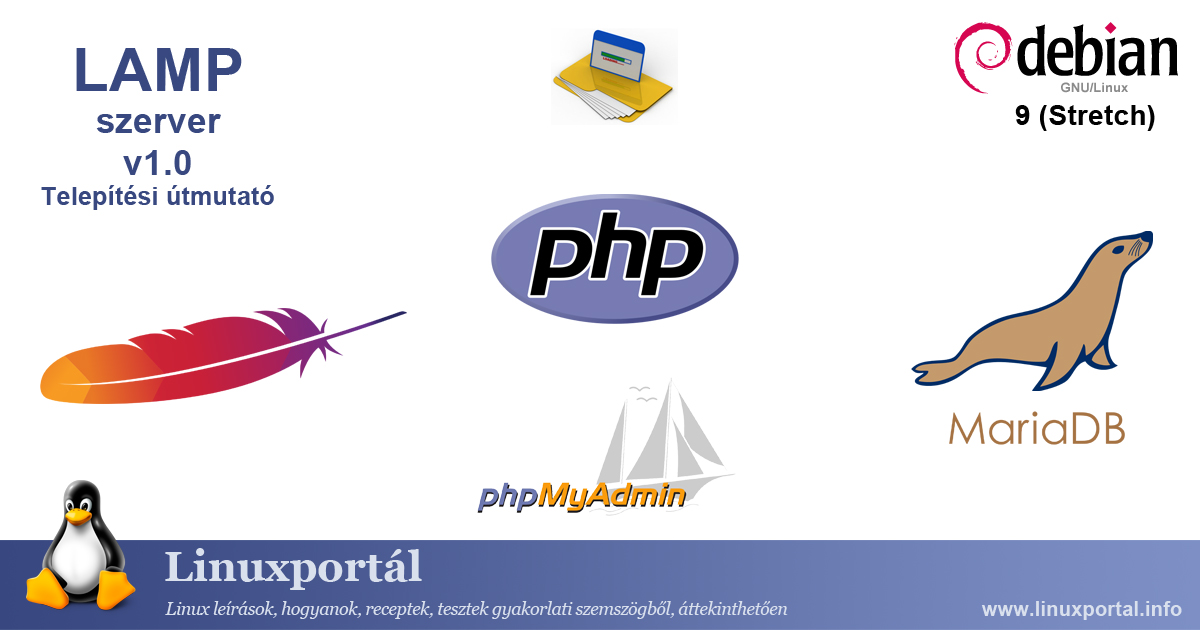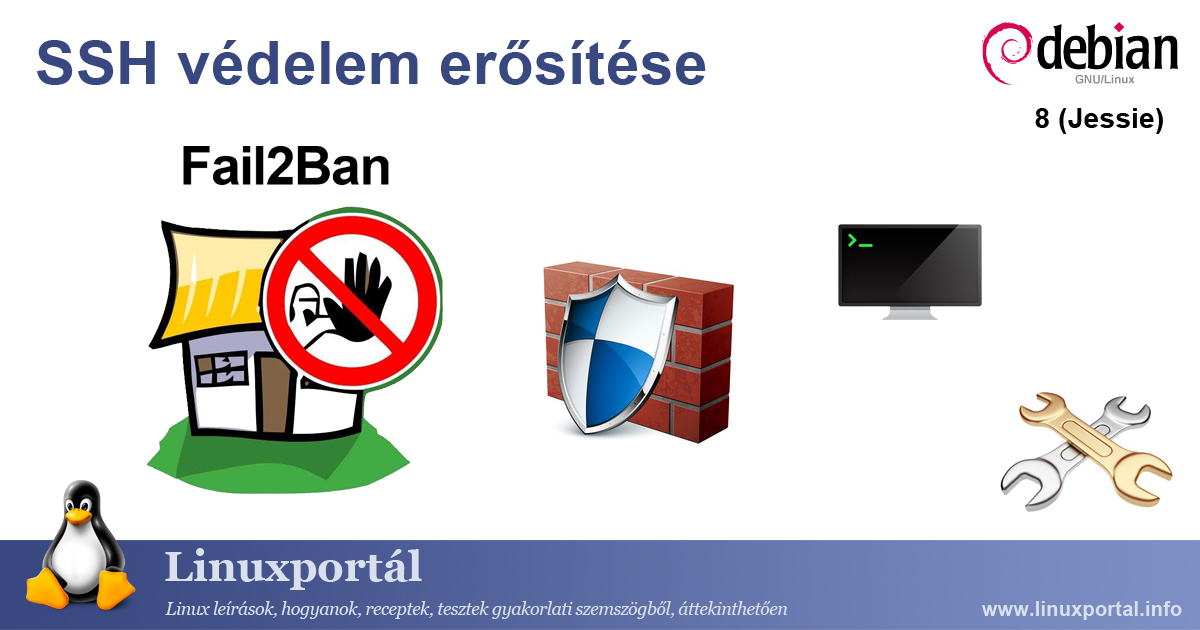Install Debian 10 (Buster) Minimum Server
In this tutorial we will install a minimum Debian 10 (Buster) server, which consists of the Debian 10 base system and some basic configuration. This installation will be the basis for later LAMP and perfect server tutorials. On this page, we download the Debian 9 (Stretch) installation package and follow the steps of the installation program.

